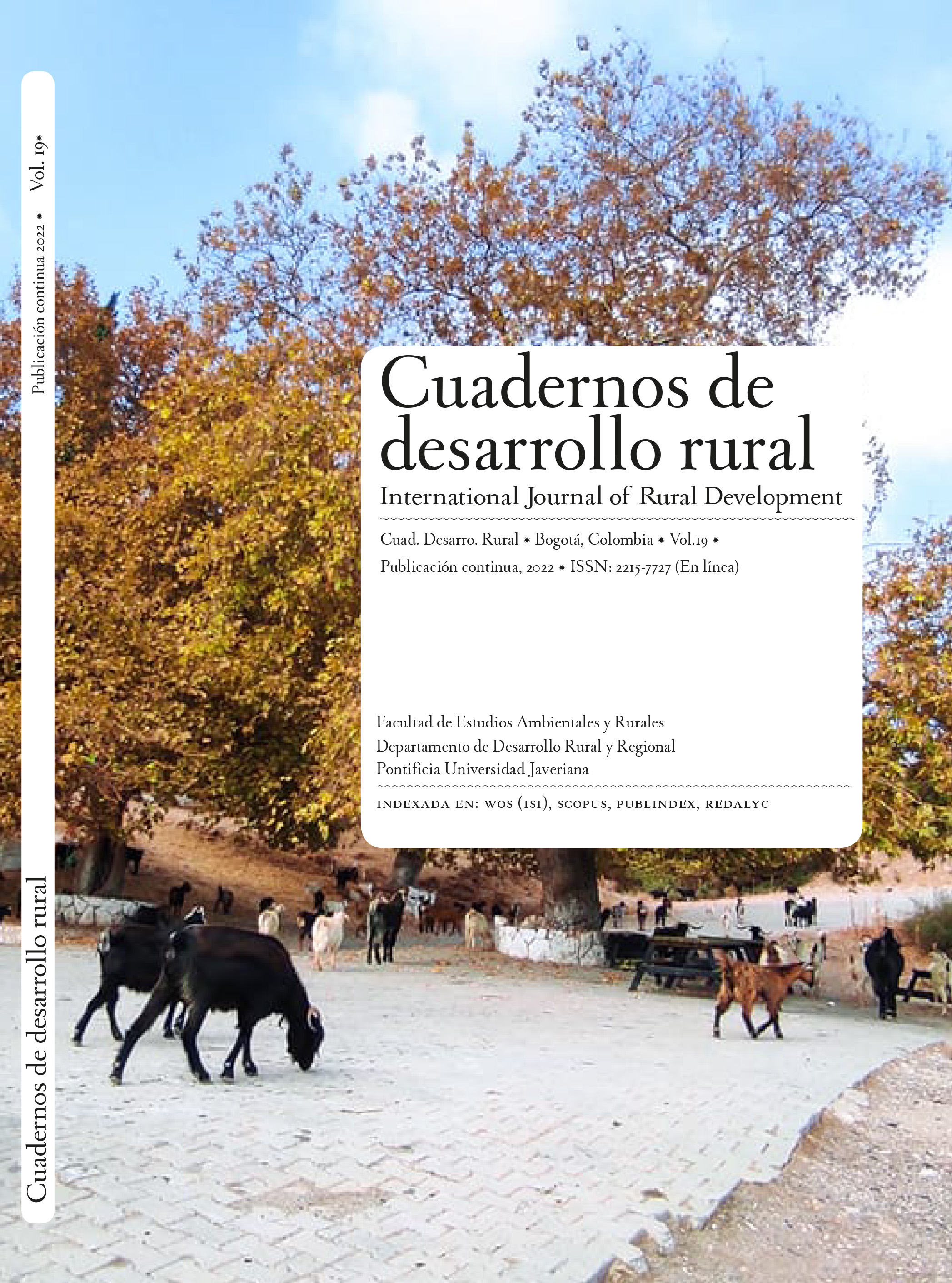Resumen
The purpose of this paper is to examine the factors affecting food security for rural Sudanese households and to estimate price and income elasticities for Sudanese households based on their food security status. The results show households living in northern and western rural regions of Sudan are less likely to be food secure compared to households living in eastern rural regions. Also, rural households are more likely to be food secure in the fall and winter seasons compared to summer season. The results of price and income elasticities for secure and insecure households were almost similar. Income elasticities for both secure and insecure households show that cereals, milk & eggs, vegetables, staples, tea and coffee are necessities for rural households.

Esta obra está bajo una licencia internacional Creative Commons Atribución 4.0.
Derechos de autor 2022 Mohammed Abdullah Al-Mahish, Raga Elzaki, Muhammet Yunus Sisman


